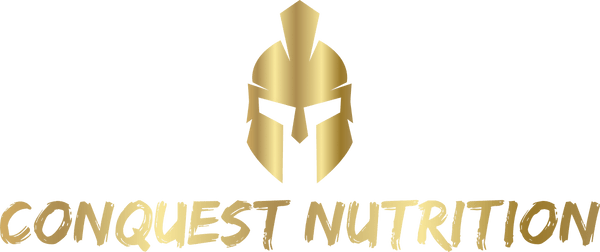Allicin
Allicin
Snapshot
Allicin is the primary active compound in garlic, known for its powerful antimicrobial, cardiovascular, and immune-boosting effects.

What is Allicin?
Allicin is a sulfur-containing compound that forms when garlic (Allium sativum) is chopped, crushed, or chewed. It is responsible for garlic’s pungent aroma and most of its medicinal benefits. Allicin is not present in whole garlic cloves but is produced enzymatically when alliin, a stable sulfur compound, is converted by the enzyme alliinase. Because allicin is highly unstable and reactive, it is typically consumed through stabilized garlic extract supplements to preserve potency.
Where It Comes From
Allicin is derived from fresh garlic bulbs, native to Central Asia and cultivated worldwide. When garlic is processed or aged, the allicin content changes, often being converted into other beneficial sulfur compounds like ajoene and diallyl disulfide. Stabilized allicin supplements are produced through proprietary extraction processes to retain therapeutic activity.
Key Nutrients & Compounds
While allicin itself is a volatile compound, garlic also contains a complex array of bioactive sulfur-containing molecules, including alliin, ajoene, diallyl sulfide, and diallyl disulfide. These contribute to its antimicrobial, antioxidant, and anti-inflammatory properties. Allicin specifically exhibits strong antibacterial, antifungal, and antiviral activity.
Health Benefits
Allicin is widely recognized for its cardiovascular benefits. It helps lower blood pressure by promoting nitric oxide production and relaxing blood vessels. It can also reduce total and LDL cholesterol and inhibit platelet aggregation, supporting circulation and heart health. Allicin has strong antimicrobial properties and has been shown to fight pathogens such as Staphylococcus aureus, Candida albicans, and various viruses. It also acts as an antioxidant and may support immune modulation, potentially reducing the frequency and severity of colds and infections.
Recommended Dosage
For general wellness, stabilized garlic extract containing 5,000–10,000 mcg (5–10 mg) of allicin per day is common. Clinical studies often use 300–600 mg of standardized garlic extract, with the allicin yield clearly labeled. Fresh garlic must be consumed raw and crushed to produce allicin, typically requiring 1–2 cloves per day to achieve similar effects.
How to Use It
Allicin is most effective when taken in enteric-coated tablets or capsules to prevent degradation by stomach acid. Raw garlic can also be crushed and consumed within 10–15 minutes to capture peak allicin activity. It may be used in cooking, but heat destroys allicin, so raw consumption is preferred for therapeutic purposes.
Who Should Use It?
Allicin may benefit individuals looking to support heart health, immune function, and microbial balance. It’s particularly valuable for those with high blood pressure, high cholesterol, frequent infections, or digestive microbial imbalances. Athletes and individuals exposed to high-stress environments may also benefit from its immune-boosting effects.
Possible Interactions or Cautions
Allicin may thin the blood and should be used with caution by individuals taking anticoagulants (e.g., warfarin) or preparing for surgery. High doses may cause gastrointestinal discomfort, heartburn, or allergic reactions in sensitive individuals. Raw garlic may irritate the GI tract when consumed in excess.
Final Thoughts
Allicin is the most potent medicinal compound in garlic, offering a broad range of benefits from cardiovascular protection to immune defense. With centuries of traditional use and modern clinical validation, it remains a powerful natural compound for preventive health and functional support.
Scientific Studies
Rahman, K., & Lowe, G. M. (2006). Garlic and cardiovascular disease: A critical review. The Journal of Nutrition, 136(3 Suppl), 736S–740S. https://doi.org/10.1093/jn/136.3.736S
Ankri, S., & Mirelman, D. (1999). Antimicrobial properties of allicin from garlic. Microbes and Infection, 1(2), 125–129. https://doi.org/10.1016/S1286-4579(99)80003-3
Banerjee, S. K., & Maulik, S. K. (2002). Effect of garlic on cardiovascular disorders: A review. Nutrition Journal, 1, 4. https://doi.org/10.1186/1475-2891-1-4
Iciek, M., Kwiecień, I., & Włodek, L. (2009). Biological properties of garlic and garlic-derived organosulfur compounds. Environmental and Molecular Mutagenesis, 50(3), 247–265. https://doi.org/10.1002/em.20474
Nantz, M. P., Rowe, C. A., Muller, C. E., Creasy, R. A., & Percival, S. S. (2012). Supplementation with aged garlic extract improves both NK and γδ-T cell function and reduces the severity of cold and flu symptoms. Clinical Nutrition, 31(3), 337–344. https://doi.org/10.1016/j.clnu.2011.11.019
